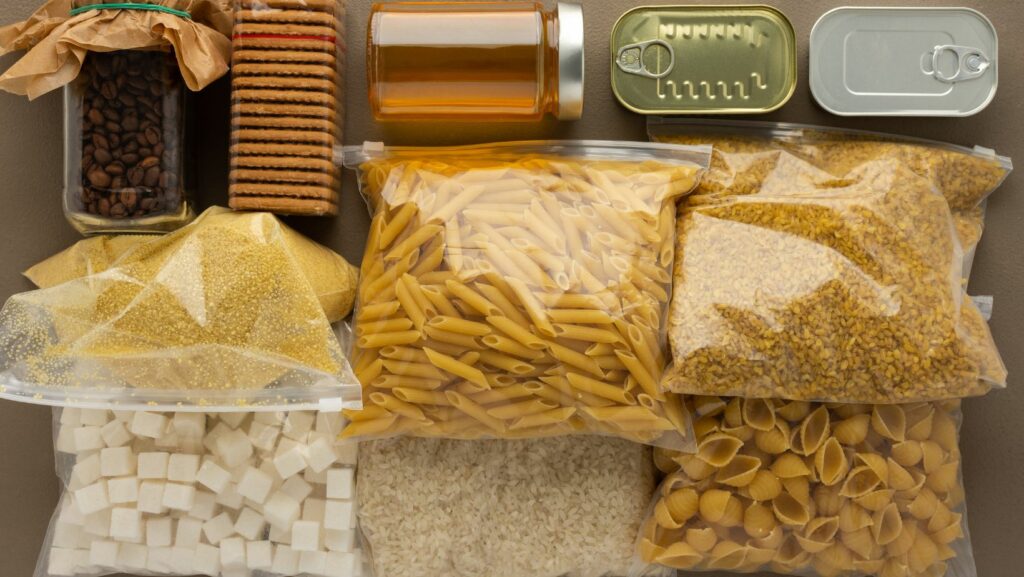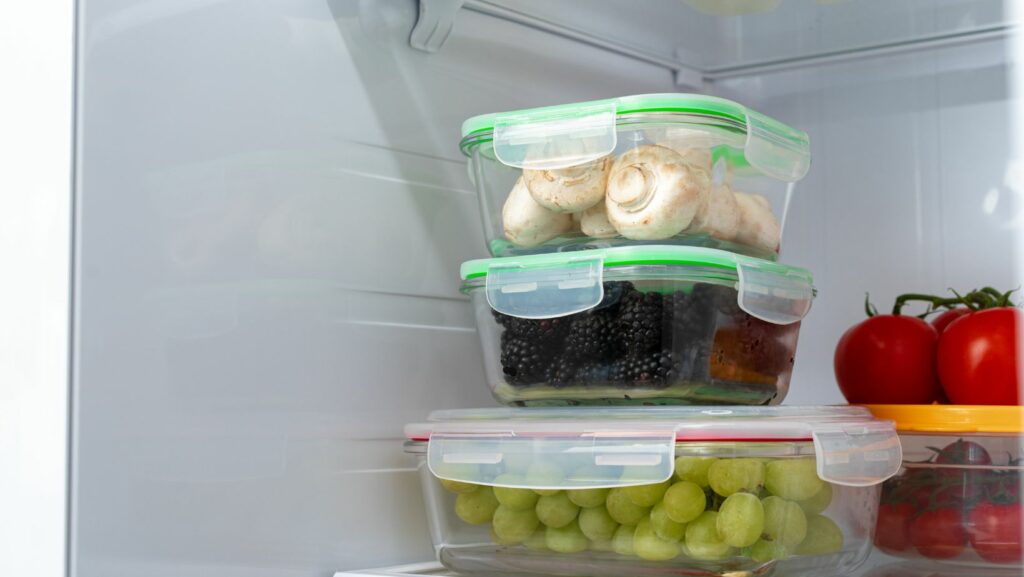In an unpredictable world where natural disasters, unexpected crises, or unforeseen events can disrupt the availability of food, having a well-prepared emergency food storage plan becomes an essential aspect of ensuring survival and security. The concept of stockpiling food for extended periods, often termed “emergency food storage,” serves as a critical strategy for individuals and families to sustain themselves during times of adversity.
Why Emergency Food Storage Matters
The importance of emergency food storage lies in its ability to provide sustenance and alleviate the challenges of food scarcity during emergencies. Whether facing power outages, severe weather conditions, economic instabilities, or unexpected crises that limit access to regular food supplies, having a reserve of non-perishable food items can be life-saving. It offers a sense of self-reliance and security when the usual means of obtaining food are disrupted.

Factors to Consider
Creating a viable emergency food storage plan involves several crucial factors. First and foremost is understanding dietary needs and preferences. It’s essential to stockpile items that align with one’s dietary requirements while ensuring a balanced and nutritious supply. Non-perishable food items such as canned goods, dried fruits, nuts, grains, rice, pasta, powdered milk, and freeze-dried or dehydrated foods are among the commonly recommended options.
Another important consideration is storage duration. Some emergencies may necessitate having supplies that can last for a few days, while others might require preparations for weeks or even months. Thus, it’s prudent to estimate the duration of potential emergencies and stockpile food accordingly.
Furthermore, selecting food with extended shelf life is critical. Opt for items with long expiration dates or those specifically designed for prolonged storage. Properly sealed and stored food can maintain its quality and edibility for an extended period.
Strategies for Long-Term Food Storage

- Selecting Suitable Foods: Opt for non-perishable items such as canned goods, dried fruits, rice, pasta, beans, and grains with extended shelf lives.
- Proper Storage Conditions: Store food in a cool, dry place away from sunlight. Use airtight containers or vacuum-sealed bags to maintain freshness and prevent spoilage.
- Rotation and Inventory Management: Implement a rotation system, consuming and replenishing stored food regularly to ensure freshness and avoid wastage.
- Diversification of Food Types: Include a variety of food items to meet nutritional needs and avoid monotony during extended periods of reliance on stored food.
Types of Foods Suitable for Long-Term Storage
- Canned Goods: Canned fruits, vegetables, meats, and fish have extended shelf lives and retain nutritional value. Check expiration dates and rotate stock regularly.
- Grains and Legumes: Rice, pasta, beans, lentils, and oats are excellent staples with long shelf lives, providing carbohydrates and protein.
- Dried Foods: Dried fruits, jerky, nuts, and seeds offer nutrition and energy. Properly sealed, these items remain viable for extended periods.
- Dehydrated or Freeze-Dried Meals: Pre-packaged dehydrated or freeze-dried meals offer convenience and prolonged shelf lives, ideal for emergencies.
Conclusion
Emergency food storage is an essential aspect of preparedness for unforeseen situations. By adopting strategies for long-term storage, considering nutritional needs, and diversifying food types, individuals can create a sustainable food supply for extended periods. A well-maintained stockpile of non-perishable food items ensures resilience during emergencies, fostering self-sufficiency and peace of mind in uncertain times. Prioritizing emergency food storage equips individuals with a critical resource for long-term survival, ensuring they are better prepared to face unexpected challenges.






